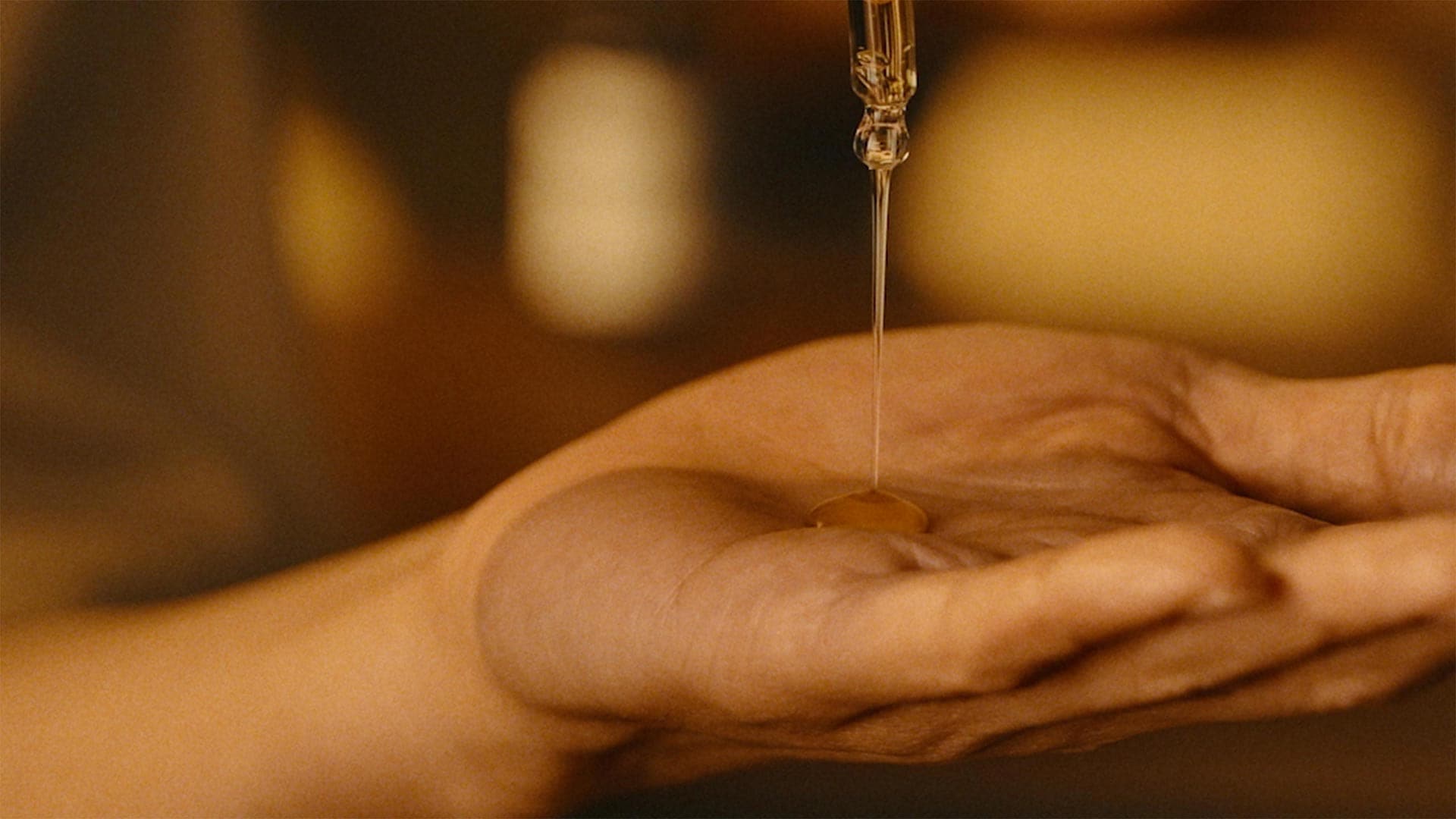It is Chuseok, again: the time of Korean Harvest, when abundance is celebrated in the company of dear ones. Each year, Aesop observes Chuseok with in-store installations across Korea, inspired by a particular traditional artform or cultural practice. In 2024, our focus turns to woodcraft—the realm of the artisan who pays deep attention to the attributes of trees—as a reminder to notice and appreciate the traces of time in our own days.
Embracing traces of life: Chuseok 2024
Seasonal celebrations
Stories in the grain
The body of a tree is a compendium of trailing lines, sudden gaps, and knots that bulge and bloom. These features are not to be taken as flaws, but as proofs of life—testaments to the tree’s species, age, wildness of growth, and singular way of being precisely itself. Every mark, twist and ring is a chapter in the story of the tree, told by the woodgrain.
The task of the woodworker
Wood has always been a prime material for buildings, furniture, and items employed in everyday life. It is customary for the Korean woodworker to approach their medium with an attitude of moderation and simplicity; of making timber constructions or objects that are functional and unassuming while also honouring of the material’s implicit beauty. Korean woodworking is famed for minimising—or omitting completely—the inclusion of nails or other components ordinarily used to hold separate pieces of a material together. In such instances, the art of joinery is employed: the finely detailed measuring, shaping, cutting and treating of wooden parts to become one perfect whole. Enacted expertly, the outcome reflects the talent, sensitivity and care of the maker, all at once.
Kim Min Wook, master of his craft
Woodcraftsman Kim Min Wook makes work that he says ‘centres the Tree as the main character’. ‘Trees are the largest creatures on Earth, and they live the longest. They benefit humanity and nature, and when they die, they become wood, and have a new life. Woodworking is the work of bringing wood to life.’ In this role of ‘bringing wood to life’, Kim Min Wook seeks to express the history of the tree through its ‘wounds’—its cracks, deformations, or holes where insects have burrowed. He selects his material according to these features, and then uses a woodturner to intuitively let the final piece emerge. ‘When I’m working on it, the first thing I have in mind is the tree itself. When I find a part of a tree that I want to use, I envision a shape and design so that its beauty is revealed.’ The result is a vessel that tells of both the tree from which it came, and the reverence of the hand with which it was shaped.
Chuseok, in-store
Over the course of Chuseok 2024, Kim Min Wook’s handicraft will grace select stores across Korea, including Aesop Garosu-gil, Samcheong, Seongsu, Lotte Main, IFC, and Shinsegae Daegu. Being in the presence of these works will afford visitors the opportunity to observe the artist’s sensitive treatment of wood, up close. During this time, complimentary gift wrapping in the traditional Bojagi style will be offered, tied by a ribbon imprinted with the quote ‘Extraordinariness is the result of a pile of countless mediocrities’. Coined by Confucian and practical scholar Jeong Yak-yong of the late Joseong Dynasty, the aphorism encapsulates much of this year’s theme. There is value in every kind of ‘mark’ made on a life—as each is accrued, it contributes to the entirety of a story that is wholly, and extraordinarily, ours.
‘Extraordinariness is the result of a pile of countless mediocrities.’


